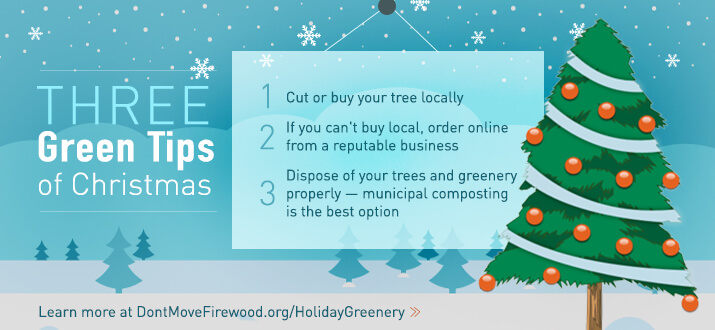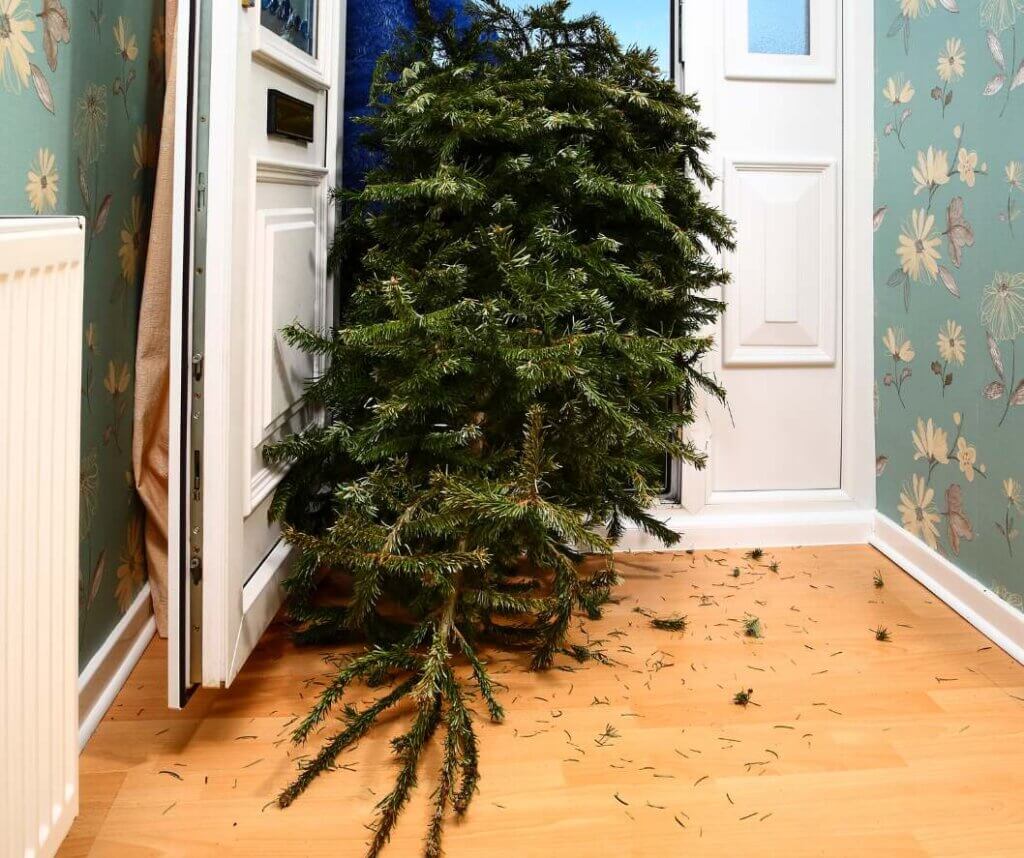(Last updated for 2023 Holiday Season)
Now that Christmas has come and gone, let’s talk about how that tree can be disposed of properly. Here are the do’s and don’ts of Christmas tree disposal.
DO: Take advantage of any local Christmas tree recycling program. Usually this means curbside (with your trash) pickup of the trees during a set time period, or you drop the trees off at a central depot somewhere in your town or city. Look in your newspaper or check online (searching for “Christmas tree recycling” and then the name of your town, as in “Christmas Tree Recycling Las Vegas” usually works best) for options near you. In some areas, locally sourced trees are used by the local Natural Resources groups to improve habitat for people or animals.
DO: Play it safe. If you can’t find a local Christmas Tree Recycling program (best choice!), just take it to your local municipal composting facility, solid waste facility, dump, or landfill. These choices are the safest way to dispose of your tree when it comes to risking the emergence and spread of forest pests or invasive weeds that could be hidden in your tree’s needles, bark, or wood.
DON’T: Burn your Christmas tree in your fireplace or wood stove. The sap from fresh trees can sometimes create a fire hazard in your chimney or vent piping. Not worth the risk! While promptly burning your tree (midwinter) in an outside bonfire could be OK if local laws and practical safety allow, indoor burning isn’t a good idea because of this safety concern.
DON’T: Set the tree out in your backyard – whether intended for birds, as a windbreak, or to compost later. Over the winter and into springtime many sorts of pests, weed seeds, and tree diseases could emerge and contaminate your property. It might seem like a harmless idea, but it really could result in a big negative impact.
For the full scoop, visit our Holiday Greenery page!
Thanks for reading!





